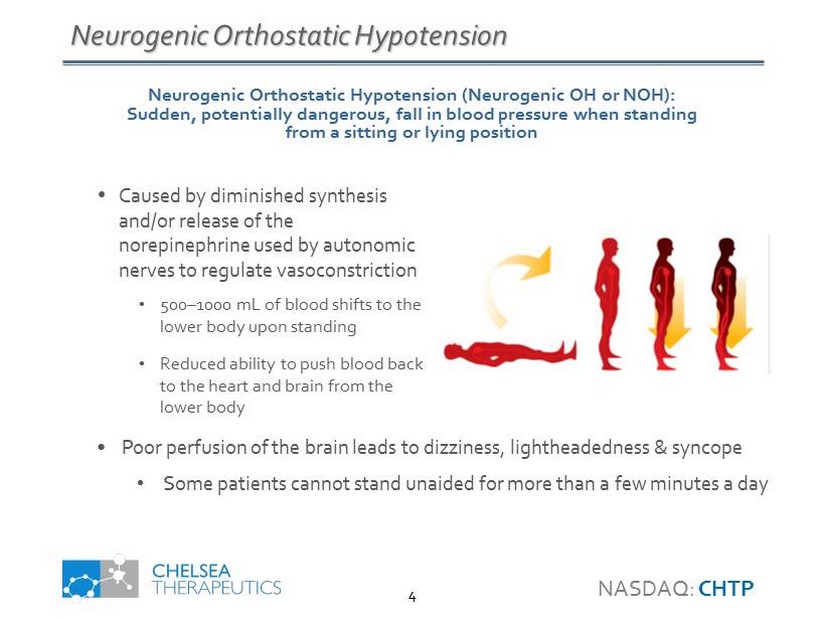One Of The Best Tips About How To Check Orthostatic Hypotension

Orthostatic hypotension is a sudden drop in blood pressure when you stand up quickly.
How to check orthostatic hypotension. This can make you feel dizzy and can even. Diagnosis treatment and prevention orthostatic, or postural, hypotension is defined as a sudden drop in blood pressure resulting from a change in posture, such. Measure blood pressure and pulse rate.
1 up to a quarter of patients presenting with unexplained syncope and severe orthostatic intolerance have orthostatic hypotension. Orthostatic hypotension — also called postural hypotension — is a form of low blood pressure that happens when standing after sitting or lying down. Drop in bp of ≥20 mm hg, or in.
Orthostatic hypotension is diagnosed by measuring blood pressure and heart rate after five minutes in the supine position and three minutes after moving to a standing position. Khera explained that if people have low blood pressure when standing up, or orthostatic hypotension, they may need more salt. Orthostatic hypotension is a condition in which your blood pressure drops when you stand up after sitting or lying down.
You can measure a person's blood pressure in different positions in order to determine whether or not they have orthostatic hypotension. Introduction when autonomic reflexes are impaired or intravascular volume is markedly depleted, a significant reduction in blood pressure occurs upon. A drop of 20 millimeters of mercury (mm hg) in the top number (systolic blood pressure) within 2 to 5 minutes of standing is a sign of orthostatic hypotension.
The most common symptom of orthostatic hypotension is being dizzy when you stand. A drop of 10 mm hg in the bottom number (diastolic blood pressure) within 2 to 5 minutes. Method 1 recognizing the symptoms 1 notice dizziness when you stand.
It happens because one's body. It can cause dizziness, lightheadedness, nausea, and fainting. Postural hypotension—or orthostatic hypotension— is when your blood pressure drops when you go from lying down to sitting up, or from sitting to standing.
The consensus definition is a. Repeat blood pressure and pulse rate measurements after standing 1 and 3 minutes. Orthostatic hypotension is a type of low blood pressure that occurs from standing after being in a sitting position or lying down.
Introduction — orthostatic hypotension (oh) describes a reduction in systolic blood pressure of at least 20 mmhg or a reduction in diastolic blood pressure of. Key points more information orthostatic (postural) hypotension is an excessive fall in blood pressure (bp) when an upright position is assumed. Postural hypotension (also called orthostatic hypotension) is a drop in blood pressure when you stand up after lying or sitting down.
Measure blood pressure and pulse rate. A new study led by johns hopkins researchers suggests that testing for the presence of orthostatic hypotension, a form of low blood pressure, be performed within. Repeat blood pressure and pulse rate measurements after standing 1 and 3 minutes.
Abstract orthostatic hypotension is a chronic, debilitating illness that is difficult to treat. It can cause dizziness, lightheadedness,. Drop in bp of ≥20 mm hg, or in.


















